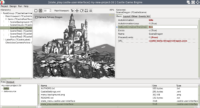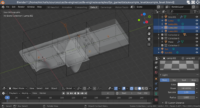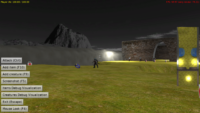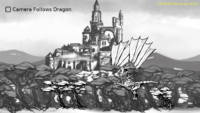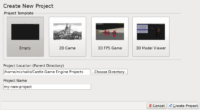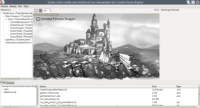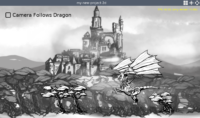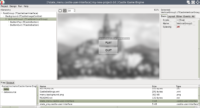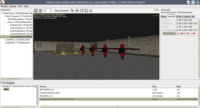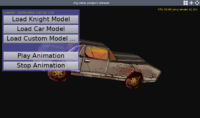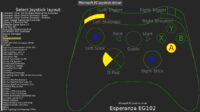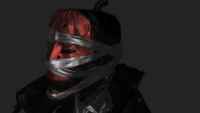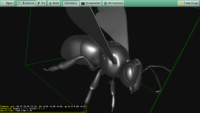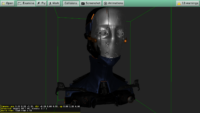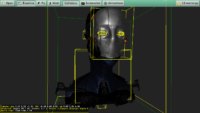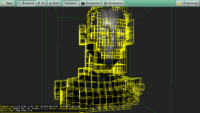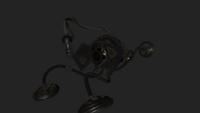 |
Great news: New major version of FPC (Free Pascal Compiler), the compiler of our game engine, was just released. New features are documented here. You can get it e.g. from SourceForge or using latest fpcupdeluxe.
Castle Game Engine is of course 100% compatible with it. I was watching and testing FPC SVN branch leading to this release. So I encourage everyone to upgrade their FPC installations. As always, we recommend using CGE with the latest FPC stable.
Note: Following our supported versions docs, you can also use some older FPC versions (we will maintain compatibility with FPC >= 3.0.2). So you don’t have to upgrade, for now we promise to keep compatibility with FPC 3.0.x for the next CGE release.
Note: if for some reason you have to stick to the old Castle Game Engine 6.4, I maintain a v6.4-fixes branch with minimal CGE 6.4 changes to make it compile with FPC 3.2.0. Although I would encourage everyone to upgrade to latest CGE that will soon be released as CGE 7.0 with ton of new features.
Our Docker image has been updated to include FPC 3.2.0, and actually use it by default. See also Jenkins docs.




